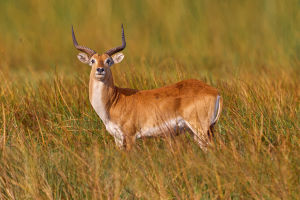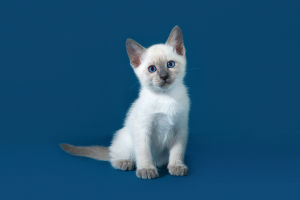Red deer, the largest land mammals in the UK, are often regarded as the royalty of the woodland.
During autumn, the landscape comes alive with the sound of clashing antlers and the roaring of rutting stags.
What Do Red Deer Look Like?
Dear Lykkers, red deer boast a red-brown coat complemented by a cream-colored-rump. Mature males, known as stags, can stand up to four feet tall at the shoulder and weigh up to 200kg.
Antlers: Stags grow impressive antlers, starting with just two points, which develop more branches as they age. These antlers, reaching up to 16 points in most cases, are shed and regrown annually.
Females: Known as hinds, females are lighter in build and lack antlers.
Not to Be Confused With: Sika deer, introduced from Asia, are smaller with darker brown fur in winter and white spots in summer.
How Do Red Deer Breed?
The rutting season, occurring from September to November, is a time of fierce competition among males for access to hinds.
Behavior: Stags roar loudly and thrash vegetation to intimidate rivals. If challenged, they engage in battles by locking antlers and pushing until one retreats. These fights can result in severe injuries or even death.
Reproduction: Hinds give birth to a single calf in late spring or early summer. Calves, born with a spotted coat for camouflage, are hidden in vegetation and visited briefly by their mothers for nursing.
Social Structure: Outside the rut, stags form loose bachelor groups, while hinds and their young gather in herds in open habitats or live in smaller family groups in woodlands.
Where Do Red Deer Live?
Most red deer in the UK are found in Scotland, with populations scattered in the Lake District, East Anglia, and southwest England.
Habitats: Red deer thrive in both woodlands and open landscapes like hills and moors, adapting well to diverse environments.
Signs and Spotting Tips
Red deer are easiest to observe in open areas, particularly in the Scottish Highlands. Deer parks across the UK also offer excellent opportunities to view semi-wild red deer accustomed to human presence.
Did You Know?
Deer living in woodlands tend to grow larger than those in open habitats due to the availability of higher-quality food.
Things you need to know about RED DEER
Video by A Shot Of Wildlife
Threats and Conservation
Red deer and roe deer are the UK’s only native deer species. However, by the late 18th century, red deer numbers had declined due to hunting and deforestation. Over the past century, populations have rebounded due to habitat changes and releases from deer parks.
Challenges: The absence of large carnivores means red deer have no natural predators in the UK, leading to high population densities. Overgrazing by deer can prevent woodland regeneration, impacting tree diversity and other species dependent on these habitats.
Management: Some populations are culled to control numbers and minimize habitat damage.
Hybridization Concern
The genetic purity of red deer may be threatened by hybridization with non-native sika deer, presenting a conservation challenge.


